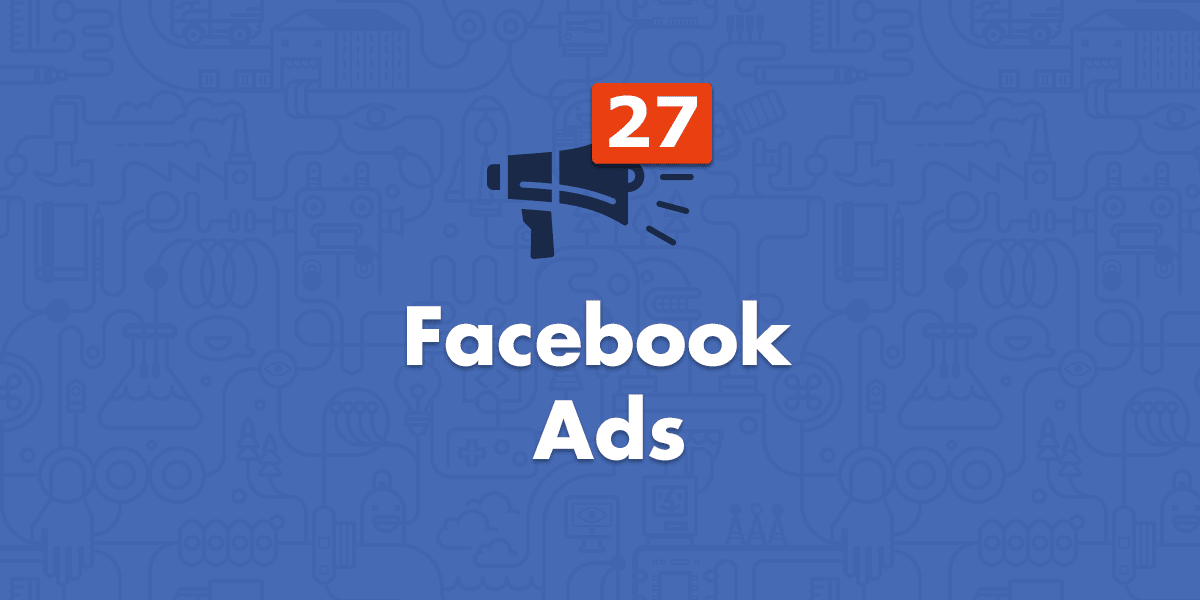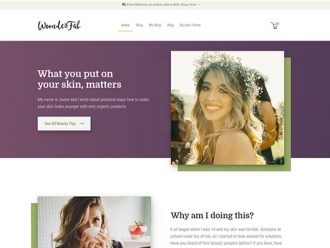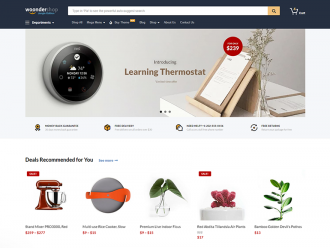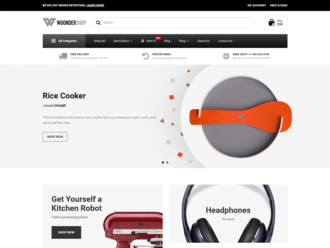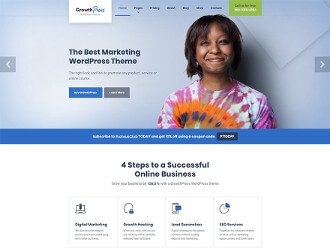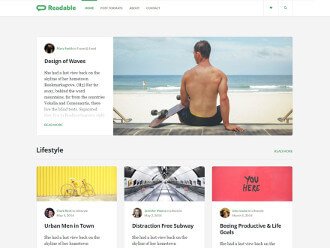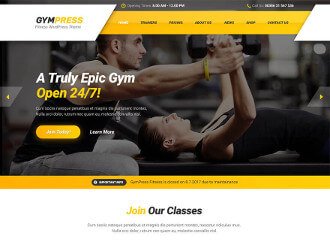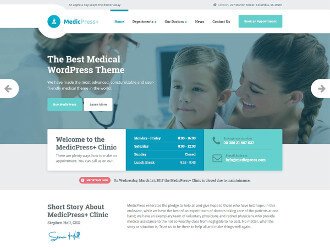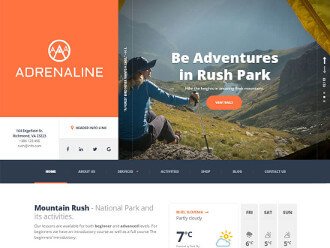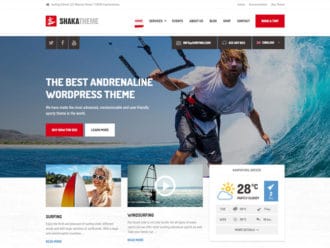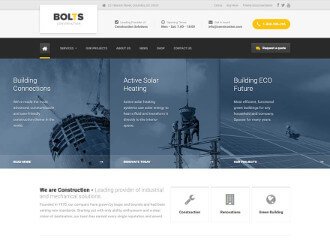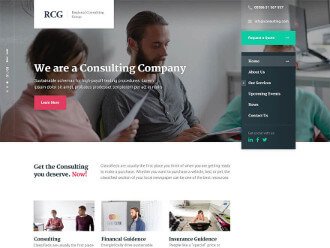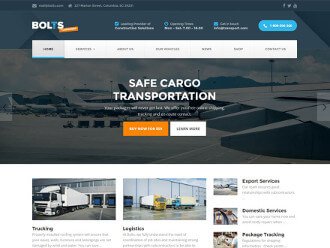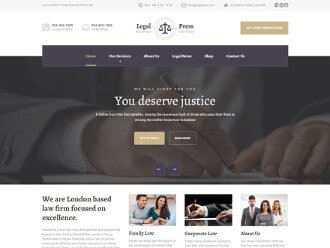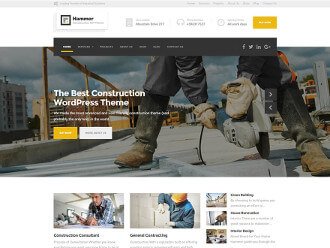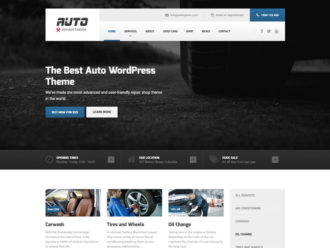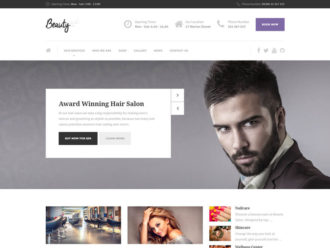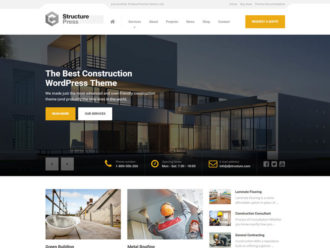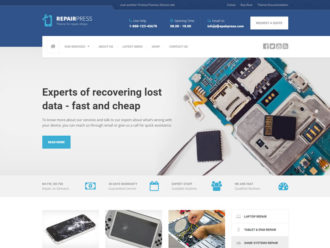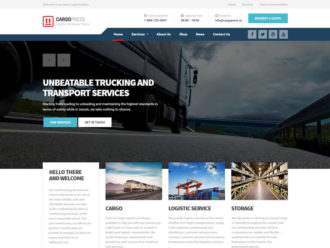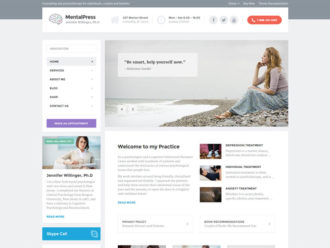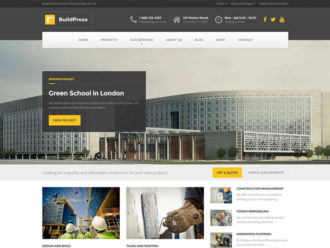“If you build it, they will come” may have worked for Kevin Costner in the movie Field of Dreams, but in the real world of digital marketing, it’s a recipe for failure. Building a website is only half the equation to generate leads and sales.
The other half is driving relevant, targeted traffic to your website.
Therefore, if you provide WordPress services, then your clients inevitably need more help once their website is live. What should you recommend to help them get the most out of their newly minted website?
Of all the options available, Facebook Ads is one of the best for driving relevant, targeted traffic to websites. But if you’ve ever tried Facebook Ads, then you know it’s not quite as easy as simply boosting a few posts.
The best advertisements do two things: they drive sales while starting conversations. They make sales pitches, but they’re also enlightening, humorous or artistic enough that you want to share them with friends.
However, few ads end up doing both of these things well. It’s usually one or the other.
Geico is masterful at striking this balance; the insurance giant has done it several times in commercials. Sometimes, though, companies accomplish both objectives in not-so-positive ways. Remember Kendall Jenner’s infamous Pepsi ad? Yes, that happened.
Doing both things well is so difficult that many marketers don’t even try. They just focus on one or the other.
That said, Facebook is perhaps the best advertising platform for starting conversations that generate leads. In this article, we’ll reveal four steps that can help you reach that lofty goal.
First, let’s review both advertising objectives in greater detail.
Ad Type #1: Engagement Ads
When is the last time you started a conversation by bringing up a great BOGO offer from Papa John’s Pizza? Probably never, right?
Hey, nothing against free pizza. But that’s not what people want to talk about. People enjoy the feelings of being informed, entertained and sometimes even moved to tears. Learning about free pizza inspires none of those things.
That’s why ads that focus on engagement are much more likely to go viral.
Want to see the holy grail of engagement advertising? Look no further back than last May, when Nike created an entire marketing campaign around trying to break the 2-hour marathon barrier. Years from now, few will remember the name of the world-class athlete who came within seconds of doing it. They will, however, remember Nike’s specialized tech and training regiments highlighted through masterfully executed Web videos and media coverage. Everything converged with a thrilling, heavily watched live stream of the marathon on Nike.com.
No sales pitch needed.
But therein lies the problem – the most engaging ads don’t directly generate leads or drive sales. Imagine how differently Nike’s marathon campaign might have been perceived had it been full of direct sales pitches. In advertising, a general truth is the harder you try to sell, the less likely people are to listen.
That brings us to the other end of the spectrum.
Ad Type #2: Direct Response Ads
Direct response advertisements are all about leads and sales. In their purest forms, they don’t start conversations or inspire people to share. They don’t often go viral. They feature specific offers and calls to action (i.e. “sign up now” or “request a quote”) and are targeted toward specific audience segments. The success of engagement campaigns can be measured in different ways. Meanwhile, direct response ads are all about conversions.
That said, direct response ads aren’t usually popular on Facebook. They don’t get nearly as many likes or shares as their engagement counterparts. Worse, people are more likely to leave angry comments on these ads or hide them from their news feeds – negative signals that can actually make your advertising costs go up.
Separately, both ads serve unique purposes. There are times when a single-minded ad might satisfy your needs. But what if you want to do both? How can you strive for Geico-like heights without pulling a Kendall Jenner?
The answer might be easier than you think, once you change how you’re thinking.
Introducing the 4-Step Facebook Ad Sequence
Advertising campaigns aren’t based on just one ad – so why try to cram two vastly different messaging strategies into one creative? Instead, think in terms of accomplishing your objectives throughout a sequence of ads.
The ad sequence approach is perfect for Facebook. You can concentrate fully on making creatives that people want to talk about. Then, you capitalize on your expanded following with carefully targeted direct response ads.
Let’s go over a four-step ad sequence.
Step 1. Engagement Ad
The sequence starts with casting a wide net. Create a pure engagement ad with the sole purpose of grabbing as many eyeballs as possible. It can be entertaining, inspiring or purely informative. Videos are great for this purpose. A 2015 study found that Facebook videos get twice as many views and seven times the engagement of other posts.
Also, take full advantage of Facebook’s comprehensive audience settings. You can target people based on interests, behaviors and demographics – you can also block audience segments that you know aren’t relevant to your campaign.
All you’re after here is likes, shares and clicks to your website. That brings us to step 2.
Step 2. Shareable Webpage
The engagement shouldn’t stop with your ad – its landing page on your website should be just as engaging. Your goal here is encouraging even more sharing and discussion about your company. You want people to share your videos and read your content. You want your brand to be a conversation starter.
At this point, you can make four important conclusions about your ad’s traffic to your website:
- These visitors have characteristics of your ideal target audience
- They’ve proven they’ll click on Facebook ads (and will likely do so again)
- You can retarget them with a Facebook retargeting campaign
- You’ve likely built trust and credibility with many of these visitors
Trust and credibility are priceless when working to earn sales. Which brings us to the next step.
Step 3. Direct Response Retargeting Ad
Now it’s time to capitalize on the groundwork of the previous two steps. By retargeting your website visitors with a direct-response approach, you are going straight to your most predisposed audience for leads and sales.
Think about it. You’re showing a direct response ad to people who’ve already clicked on your Facebook ad and visited your website. You focused on these visitors with Facebook’s audience settings, and you hopefully rewarded them with interesting, compelling or emotionally moving content. They probably feel good about your brand.
Not only are these Facebook users likely to click your direct response ad, but they’re far less likely to produce negative signals that drive up your costs.
But getting that ad click is just half the battle. Remember, direct response is all about conversions.
Step 4. Conversion Webpage
The last step of this Facebook ad sequence is a landing page that’s optimized to convert. That means having a strong call to action with a clear way to take that action. It could be a “buy now” button, a contact form or something else.
This is where engaged Facebook visitors become customers.
With this ad sequencing strategy, you can get the most from Facebook’s ad platform without risking a weak message. It’s possible to do everything at once, but even top-tier marketing firms struggle to pull it off. With this four-step sequence, you can promote your brand and boost your bottom line. It’s so easy, one might say even a caveman could do it.
More articles about Facebook advertising:
– Facebook advertising tips
